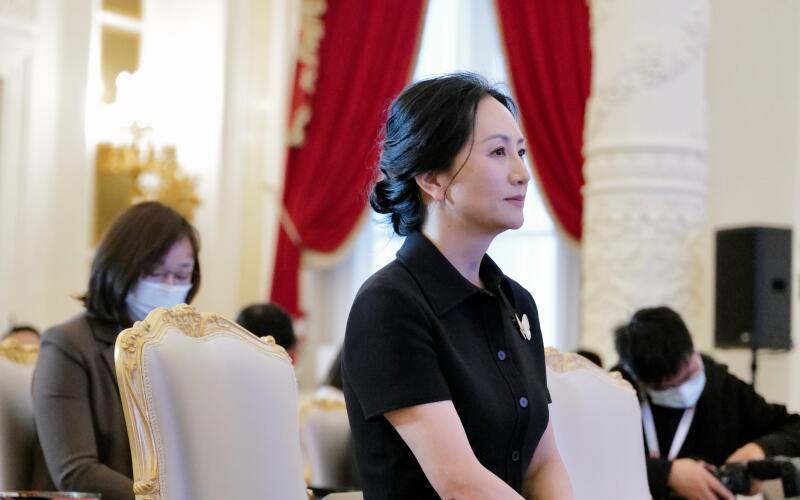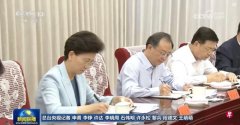
Huawei's official website yesterday (1st) showed that Huawei Vice Chairman and CFO Meng Wanzhou officially served as the chairman of Huawei rotating. Guo Ping no longer served as the chairman of Huawei's rotation and was transferred to the chairman of the Huawei Supervisory Board.At this point, Huawei has three rotated chairman: Xu Zhijun, Hu Houkun, and Meng Wanzhou.
Comprehensive information about Shanghai Securities Journal and Sino -Singapore Jingwei client, this appointment originated from the election of the board of supervisors held on the day.Huawei announced that the election had generated the chairman, supervisor, and other alternate supervisors.
As a result, there were three chairmen in Huawei, namely Xu Zhijun, Hu Houkun, and Meng Wanzhou. At present, the rotating chairman of the value is Hu Houkun.
A Huawei spokesman said that the company is committed to optimizing and improving the internal governance structure so that the company's basic industry is long. The renewal of the board of supervisors is a job promoted in an orderly manner according to the articles of association.Huawei Corporation's Supervisory Board is the company's highest supervision agency and exercise supervision power on behalf of shareholders. According to the information of Huawei official website, Meng Wanzhou graduated from Huazhong University of Technology and has a master's degree.Joined Huawei in 1993.He has served as the company's international accounting director, chief financial officer of Huawei Hong Kong Corporation, and president of the account management department.Current vice chairman, rotating chairman, and company CFO.
Since 2003, Meng Wanzhou has led the establishment of a global unified Huawei financial organization structure, process, system, and IT platform.From 2007 to 2014, Meng Wanzhou promoted the reform of IFS (integrated financial services) worldwide in Huawei, making refined management a gene of Huawei's continuous growth.
In 2014, Meng Wanzhou led the data change of Huawei Company and established a comprehensive data management system to achieve a number of holes, making the data a strategic asset of the company.During the same period, she made change projects such as internal control, consistent accounting, capital management and tax management through financial reports, so that the financial organization became the partner and value integrator of the business, and supported the company's business to achieve high -speed and stable development worldwide.
Since 2019, the matching company's strategic forward -looking and long -term development plan, Meng Wanzhou has built the overall blueprint of financial digitalization.Through risk probes and risk control models, a contactless risk control system has been established; the agile management system is established, based on data and AI algorithms, and realization of business management and decision -making intelligence; establish a integrated platform for financial combat command, based on data transparency and based on data transparency andReal -time interaction to achieve collaborative operations of key financial operation scenes and three -dimensional command. Huawei held the 2021 annual press conference last month.Huawei's 2021 annual report shows that in 2021, Huawei achieved global sales revenue of 636.8 billion yuan (RMB, the same below, about S $ 135.7 billion), and net profit was 113.7 billion yuan, an increase of 75.9%year -on -year.It is worth mentioning that Huawei has continued to increase investment in R & D. In 2021, R & D investment reached 142.7 billion yuan, accounting for 22.4%of the annual revenue, and the cumulative investment cost of ten years exceeded 845 billion yuan.
Meng Wanzhou said at the meeting: Our scale has become smaller, but our profitability and cash flow acquisition capacity is increasing, and the company's ability to cope with uncertainty is constantly improving.Thanks to the improvement of the profitability of the main business, in 2021, Huawei's operating cash flow increased significantly, reaching 59.7 billion yuan; the asset -liability ratio was reduced to 57.8%, and the toughness and elasticity of the overall financial structure were strengthened.



